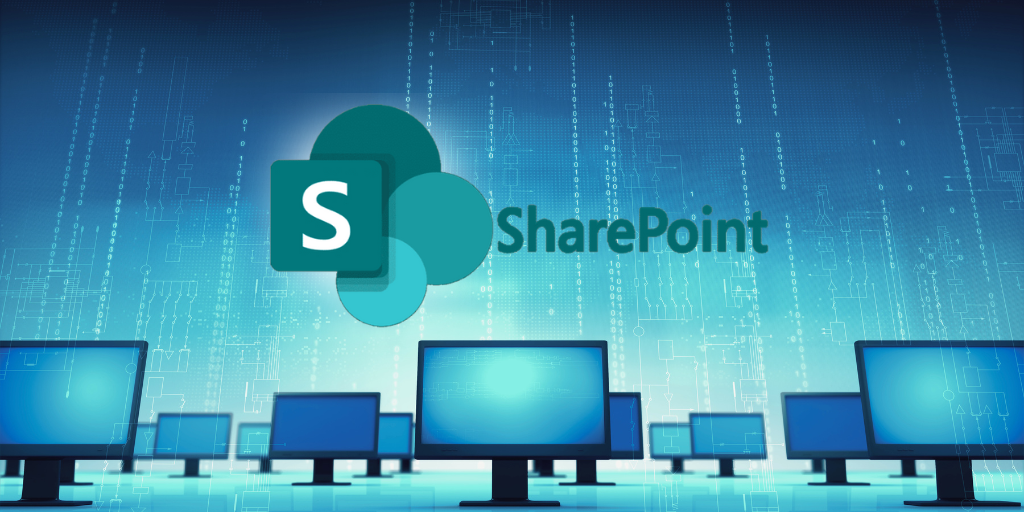Essential Security Measures for Safe Social Media Use
In today's digital age, social media is a double-edged sword for businesses, offering unparalleled marketing opportunities while exposing them to...
4 min read
.jpeg) Michael Markulec
:
Aug 8, 2025 4:17:40 PM
Michael Markulec
:
Aug 8, 2025 4:17:40 PM

In today's digital age, social media is a double-edged sword for businesses, offering unparalleled marketing opportunities while exposing them to significant security threats.
Social media platforms are a treasure trove of information for cybercriminals, who leverage the open and interactive nature of these channels to gather intelligence, impersonate users, and engineer sophisticated attacks. The transparency and ease of information sharing on social media make it simple for malicious actors to mine publicly available data, monitor user behavior, and identify vulnerabilities—often without detection. These threats manifest in a variety of ways, including targeted phishing attacks that masquerade as trustworthy sources, widespread malware campaigns delivered through compromised accounts, and large-scale data breaches that jeopardize sensitive business and customer information.
Beyond direct technical threats, organizations also face heightened reputational risks. Negative publicity can spread rapidly via unauthorized posts or inflammatory comments, while the proliferation of fake accounts can erode customer trust and amplify misinformation. The complexity is compounded by the high volume of user interactions that characterize most social media environments, increasing the probability of malicious encounters and making timely incident response more challenging. To counteract these multifaceted risks, businesses must implement a proactive, layered security strategy tailored to the unique demands of social media—one that combines technological controls, user education, and continuous monitoring to safeguard both their digital presence and their organizational integrity.
Phishing scams are a prevalent threat on social media, where attackers routinely impersonate trusted organizations, employees, or partners to deceive users and obtain confidential or proprietary information. These schemes have evolved in sophistication, often using tailored messages that appear legitimate and exploit the fast-paced, informal interactions typical of social channels. In many cases, attackers mimic customer service profiles, send fraudulent direct messages, or create lookalike accounts to trick users into revealing login credentials, financial data, or other sensitive information relevant to business operations.
To effectively mitigate these risks, a comprehensive security awareness program must be instituted—one that makes training employees in threat identification a core priority. Education should extend beyond basic recognition of blatant phishing attempts to include practical exercises with simulated attacks, fostering strong instincts for spotting subtle cues such as misspelled URLs, urgent requests for action, or oddly formatted communication. Employees should also be encouraged and empowered to promptly report suspicious messages, enabling IT teams to analyze threats and update company-wide defenses quickly.
In addition to robust training, implementing advanced email and web filtering solutions is essential for reducing the volume of malicious content that reaches end users. These filters can block known phishing domains, flag suspicious attachments, and provide real-time alerts about potentially risky interactions, significantly decreasing the risk of successful compromise. It is also vital to cultivate a culture of skepticism, where employees do not automatically trust unsolicited communications—even those that appear to be from colleagues or leadership. Encourage staff to independently verify requests for sensitive data or actions, such as wire transfers or credential resets, using trusted channels before responding. By combining technical barriers with ongoing user education and a vigilant organizational mindset, businesses can measurably reduce their exposure to social media-based phishing attacks.
Two-factor authentication (2FA) adds an essential layer of protection to social media accounts by requiring users to provide two different types of credentials before granting access. This secondary verification could take several forms, such as a unique code sent via SMS, a push notification from an authenticator app, or a time-sensitive token delivered through email. Integrating 2FA ensures that even if a threat actor successfully obtains a username and password—often through tactics like phishing or credential stuffing—they still cannot breach the account without the second, independently provided credential.
The effectiveness of 2FA lies in its ability to disrupt traditional attack methods that rely solely on stolen or guessed passwords. For organizations operating in high-risk sectors or handling sensitive client data, enabling 2FA across all social media platforms is a fundamental best practice. This added verification step can be seamlessly integrated with enterprise identity management solutions, streamlining user experience while upholding high compliance and security standards.
Moreover, widespread adoption of 2FA sends a clear signal to staff and stakeholders about the company’s commitment to cybersecurity and proactive risk management. Employees should be given guidance on enrolling in 2FA, best practices for securing backup codes, and protocols for reporting lost devices or authentication failures. By hardening access controls with a robust multi-factor authentication policy, businesses sharply curtail the risk of unauthorized entry—even in cases where login credentials may have been compromised in broader data breaches. Ultimately, 2FA helps maintain the integrity of your organization’s social media presence and protects valuable digital assets from increasingly sophisticated cyber threats.
Continuous monitoring of social media accounts is essential for identifying and responding to suspicious activity in real-time. By maintaining constant vigilance, organizations can quickly detect unauthorized login attempts, abnormal posting patterns, or other anomalous behaviors that may signal a compromised account. Leveraging advanced security tools and automated monitoring solutions allows businesses to receive immediate alerts for unusual access locations, changes in account settings, or the use of unrecognized devices—enabling a swift, targeted incident response that reduces the risk of widespread damage or data loss.
In addition to real-time monitoring, businesses should implement scheduled reviews of all user and administrator activities within their social media management platforms. This includes tracking who posts content, adjusts permissions, or grants third-party application access. Modern security solutions often provide comprehensive audit trails, making it easier to trace the origin and impact of unauthorized actions and maintain compliance with industry regulations, such as SOC 2 or GDPR.
Regular audits of account permissions are equally critical in maintaining a secure social media presence. These audits help ensure that only individuals with a legitimate business need have access to sensitive profiles, post creation functions, or analytics dashboards. Minimizing account privileges—guided by the principle of least privilege—reduces the potential attack surface and restricts the damage from internal threats or user error. Periodic permission reviews also identify lingering accounts from former employees or vendors and facilitate prompt deactivation, thereby closing off common avenues for exploitation.
Establishing clear and enforceable protocols for account management is fundamental. Organizations should document account creation and offboarding processes, require robust identity verification for any changes to privileged access, and maintain a centralized record of authorized users. Timely revocation of access for personnel who change roles or leave the organization is vital to prevent residual risks. In sum, a disciplined approach to monitoring and managing account activity—supported by well-defined procedures and best-in-class technology—ensures that social media assets remain secure and resilient against an evolving threat landscape.

In today's digital age, social media is a double-edged sword for businesses, offering unparalleled marketing opportunities while exposing them to...

Unveil the essential strategies to safeguard your SharePoint data and ensure your small business remains secure in the digital age.

Connecting to public Wi-Fi is convenient, but it's also risky. Learn the top safety tips to protect your sensitive information from cybercriminals.